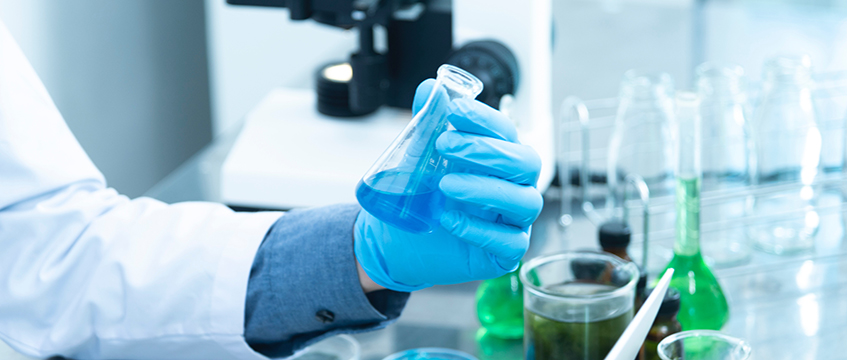Active and upcoming requirements for life science real estate across the Golden Triangle so far this year have already exceeded 2024 take-up, according to Savills.
The most recent data from the consultancy has showed life sciences demand of more than 1.2m sq ft across Cambridge, Oxford and London.
Over the past year, a total of 954,000 sq ft of science-related space was leased in the region, representing a 34% decline year-on-year, which Savills attributed to the weaker funding market impacting occupier demand for laboratory space.
Limited options in Cambridge, which saw just one lab building at Granta Park completed last year, have continued to hurt take-up levels in the city, transacting just 338,845 sq ft.
In 2025, up to 425,000 sq ft is set to be delivered to occupiers, including three buildings at CamLIFE, the Sidney Sussex Building at Chesterford Research Park, the South Cambridge Science Centre and the Press in Foxton.
Take-up in Oxford reached 443,208 sq ft in 2024. Although the figure was 24% down on 2023, Savills said the city was the most resilient to the challenges in the Golden Triangle markets, with 46% of overall lab space transacted over the past year.
In London, take-up of science-related space fell by 17% in 2024 to 166,149 sq ft. However, activity has picked up this year, with more than 115,000 sq ft of laboratory space currently under offer.
Tom Mellows, head of UK science at Savills, said: “Despite 2024 being a challenging year for the Golden Triangle science markets, there are promising signs of recovery as we start 2025.
“Both London and Cambridge experienced lower lab take-up than previous years due to the weakened funding environment in the first three quarters, which led to occupiers delaying real estate decisions. Nevertheless, Q4 saw strong levels of activity with a significant amount of space under offer in both cities, while Oxford showed continued resilience with a number of high-profile deals.
“Consequently, this, and the improving funding market, means we are confident that 2025 will perform in line with, if not above, the five-year average.”
Photo by Chokniti Khongchum/Pexels
Send feedback to Evelina Grecenko
Follow Estates Gazette











